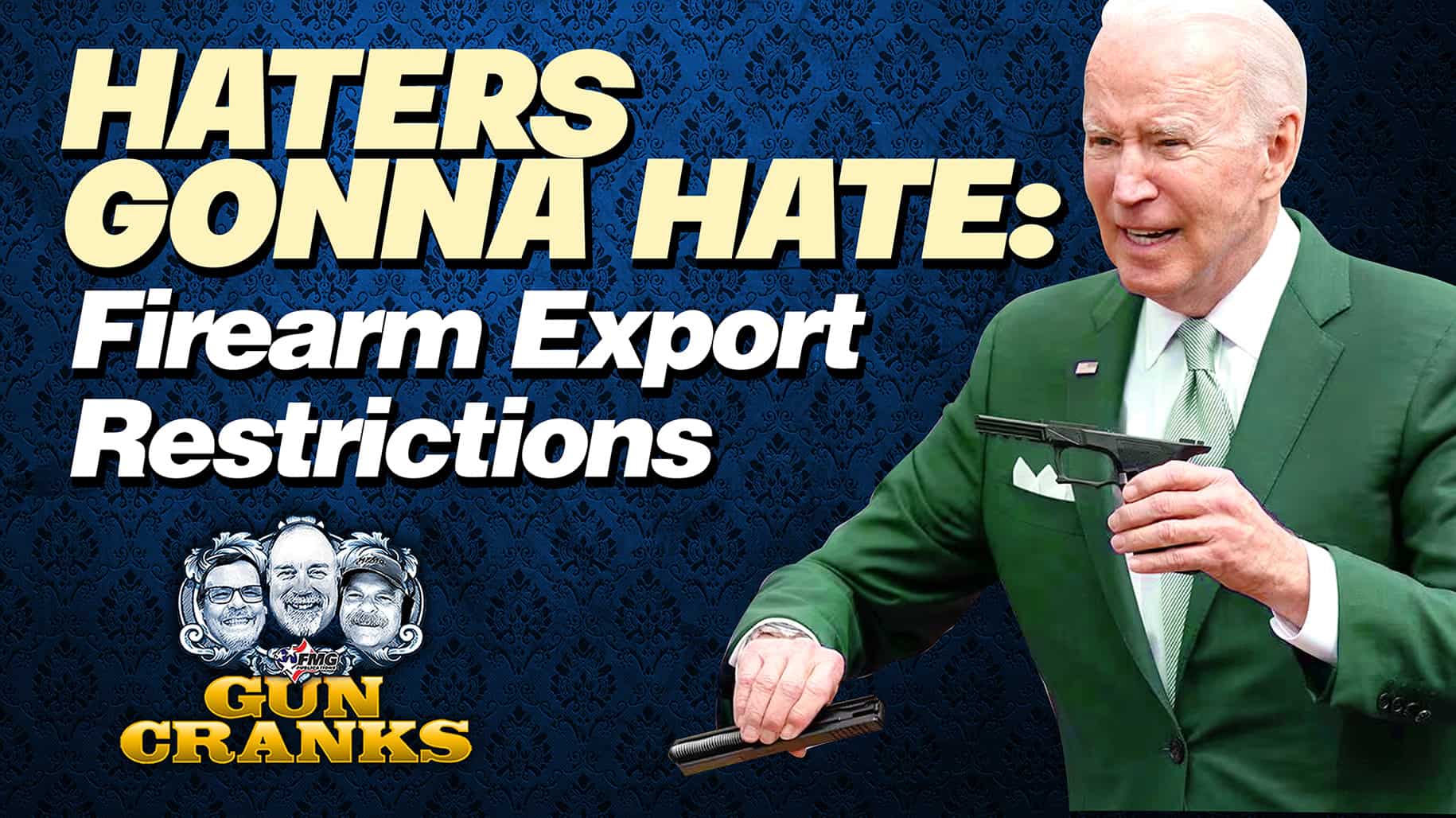Is The Revolver Obsolete?
Long ago, when I was a young person and gun magazines were a relatively new concept, a staple article theme was, “Is the Revolver Obsolete?” One of the dominant gunwriters of the period was the late, great Charles Askins, Jr., a man I came to know reasonably well as time went on and our careers crossed paths.
Charlie took a devilish glee in creating controversy. I was still at an age eligible for junior rifle programs when Charlie wrote two articles for two different magazines in a short frame of time. One was on the theme, “The Revolver Is Obsolete,” and the other was titled something like, “Don’t Mothball Our Fine Old Sixguns.”
I thought it was funny at the time. Today, I understand it a little better. I started teaching guns to cops in the early ’70s, and they brought revolvers almost exclusively, though there was a smattering of S&W 9mm autos issued by the more progressive departments, and of Colt 1911 pistols in the hands of gun-buff cops who had wide latitude in selecting privately-owned handguns for duty.
Nowadays, it’s rare to see a service revolver at all in a police class that focuses on duty handguns, and when you do encounter one, it’s sort of… quaint. I began teaching “civilians” in 1981. Even then, autoloaders comprised at least half of most classes. Today, in a class of twenty armed citizens, I might get one or two that show up with wheelguns.
New Reality
Today’s hardcore criminals are more likely to operate in small groups, and they’ve learned more about tactical movement and taking cover. Today’s violent criminals are also more likely than ever to be wearing body armor. All of these factors equate to the desirability of having more capacity than offered by the revolver.
Cops and armed citizens alike have picked up on this. It’s why the six-shot .38 or .357 revolver that was standard in my youth is now for the most part in the Police Museum. It’s also why and the single most popular law enforcement handgun today is the Glock 22, a 16-shot .40 caliber semiautomatic pistol.
Yet the revolver brings its own set of attributes to the table. When you carry a “subcompact” handgun — in a pocket holster or ankle holster or a belly-band under a tucked-in shirt that fits the workplace dress code — you’ll find that a small frame revolver has a lot to recommend it.
Ease Of Carry
I’ve spent a lot of time with a “hammerless” .38 snubnose in my pocket or on my ankle, and a striker-fired subcompact 9mm or .40 auto in the same locations. Yes, the auto can double the firepower of the wheelgun. I appreciate that. Yet there is no gainsaying the fact that the rounded contours of the small-frame revolvers make them more comfortable to carry as well as being faster to present from this type of deep concealment.
Critics will remind us that the small semiautos, with their greater weight and frequently larger sights, can be easier to shoot well. Yes, the small revolver is tougher to shoot, but that doesn’t mean you can’t do well with it.
A friend of mine, Bobby Tribble, shot and neutralized an armed robber who had just gunned down a security guard. The distance was roughly 25 yards. The suspect shot at Bobby with a full size .45 auto, and missed. Bobby shot back with a S&W M-642 aluminum-framed Airweight Centennial, and nailed him with multiple Federal .38 Special hollowpoints.
End of story.
Confidence Factor
In my first year as a young patrolman in the early ’70s, I received permission to carry a cocked and locked Colt .45 automatic on duty. Life was good.
In ’78, a new chief came on board from a major department who was aghast at the fact that his state champion pistol team packed automatics on patrol. We all found ourselves carrying the revolver, specifically the Smith & Wesson .357 Combat Magnum.
It rode in my holster for the duration of my time on that agency with 125 grain Magnum loads in its chambers, backed up by a Colt Detective Special .38 strapped to my left ankle. The HKS speedloaders in my belt pouch were loaded with the hottest .38 Special hollowpoints. The same size loader would fit the K-frame S&W or the D-frame Colt interchangeably, and if either gun was lost or snatched, I had another and a full complement of 18 rounds to defend myself with.
And you know what? I’d be perfectly comfortable carrying that same combination for self-defense today.

Get More Carry Options content!
Sign up for the newsletter here:


